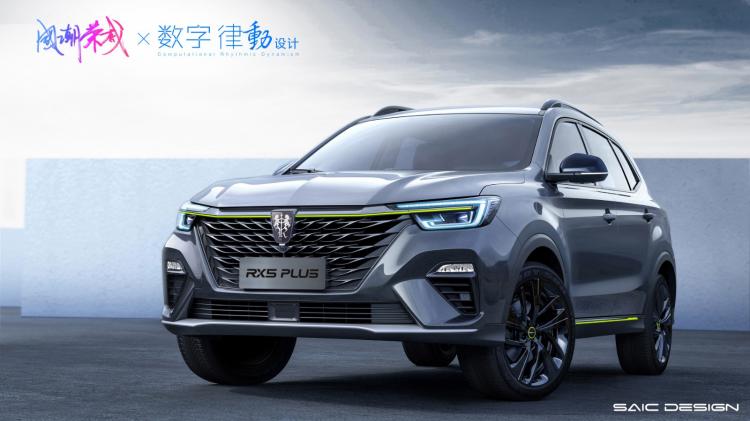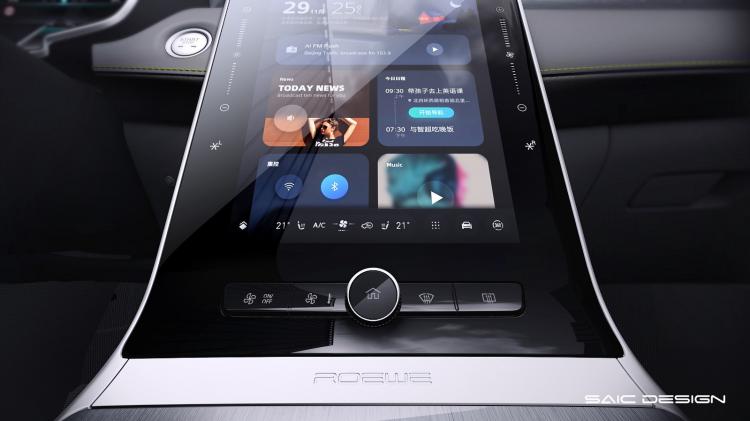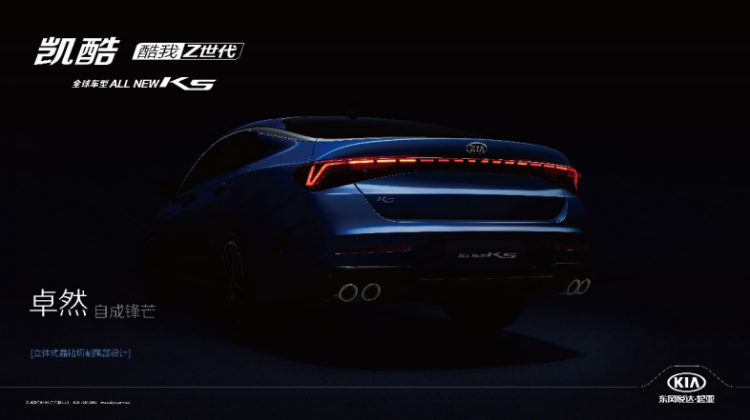Recently, the spy photos of SAIC Roewe RX5 PLUS were exposed. As the first model of Roewe’s comprehensive rejuvenation strategy, in addition to adopting a new digital rhythm design language and a more fashionable and dynamic new shape, the biggest highlight is that it is equipped with the latest vehicle system developed by Banma Network – Banma Zhixing VENUS.

SAIC’s new car is equipped with Banma’s new system AI voice black technology exposure
As we all know, although the prospect of the Internet of Vehicles is very good, the actual opening rate is very low. The most fundamental problem is that “the operation entrance is not simple and smooth”. On the one hand, many Internet of Vehicles still refer to the interaction logic of mobile phones and rely too much on hands; on the other hand, the voice interaction of Internet of Vehicles still has problems such as inaccuracy, unnaturalness, and discontinuity. Simple voice control still needs to be combined with manual operation, which is inconvenient for user interaction, and it is easy to cause interactive deadlock, which poses a great safety hazard during driving. Therefore, voice interaction supports natural and continuous dialogue, which is the core demand of users and the key to the innovation and development of smart connected cars.
It is understood that the new system VENUS of Banma Zhixing mainly focuses on AI voice. It only needs one wake-up to realize natural continuous dialogue, and the command can be interrupted at any time, and the content can be switched at will. Interacting with machines, human-computer interaction will become more in line with human nature. In layman’s terms, it means speaking in human language. Human-vehicle interaction is as natural as talking with friends.
It is understood that natural continuous dialogue is a systematic project, involving core interactive technologies such as acoustic front-end processing, voice wake-up, voice recognition, semantic understanding, dialogue management, natural language generation, and speech synthesis from the vehicle to the machine. Thanks to the heavy blessing of Alibaba Dharma Institute and the strong support of partners such as HKUST Xunfei and Speedy, the AI voice capability of Banma Zhixing VENUS system has been greatly improved. To give an example, if a user asks “Do I need an umbrella when I go out today?”, the car will broadcast today’s weather conditions. If it is necessary to check tomorrow’s weather, then the user does not need to say “How will the weather be tomorrow”, but only needs to say ” What about tomorrow?” In addition, users can interrupt at any time to put forward new needs, such as asking about stocks, finding restaurants, checking oil prices, and so on.
During the natural and continuous dialogue between the user and the car, the semantic understanding service will remember the history of the conversation and process the user’s request in combination with the history. In this way, multiple consecutive interactions of the user can form a conversation flow, which is related User interaction is also more natural.

In the voice Internet era, AI voice has become an “important starting point” for intelligently connected cars
With the advent of the era of automotive intelligent network connection, the large screen of the car has become the fourth screen to be snatched after TV, computer, and mobile phone. However, the car is different from the mobile phone. Seizing the screen does not mean grabbing the user. Cars and mobile phones differ greatly in terms of usage scenarios and interaction attributes. It’s just that the application is installed in the car, which is still far away from the use of the car owner. The intelligent service of vehicle equipment should be based on usage scenarios, and the interconnection and intercommunication of human and vehicle life should be realized under the condition of giving priority to safety and convenience.
“Queen of the Internet” Mary Meeker (Mary Meeker) has repeatedly emphasized that voice is the most effective form of computing input and will become a new paradigm of human-computer interaction in her annual “Internet Trends Report”. The most common application scenario is the car.
Smart connected cars have opened up the Internet ecological value chain, broadened the boundaries of the automotive industry, and spawned new types of services, which are becoming a new business future. From the PC era to the mobile Internet era, and then to today’s “voice Internet era”. AI voice is occupying every entrance in our daily life applications, controlling the distribution of content and services, and containing infinite value. In the application of the Internet of Vehicles, AI voice interaction plays a very important role. It has become an “important starting point” for Internet of Vehicles companies and OEMs to enter the smart Internet of Vehicles.
Relevant people in the Banma market said that based on the AliOS system, Banma Zhixing can better combine the core voice technology capabilities with the system capabilities, give full play to the advantages of the core voice technology to a greater extent, and maximize the collaboration of multiple engines. To achieve the effect of “1+1>2”. The multi-core fusion voice engine, which is the first in the Zebra Zhixing VENUS industry, can achieve a balance between accuracy and false touch rate under comprehensive tuning, enabling the system to set natural continuous dialogue as the default effect, so that more users can enjoy natural The convenience of continuous conversations.
From the Roewe RX5, the first Internet car, to the Roewe RX5 MAX, and then to the Roewe RX5 PLUS, with the update and iteration of SAIC’s main models, the Banma Zhixing system has also been innovating and upgrading. Currently, Banma Zhixing has been iterated from MARS to VENUS. It has become the “second engine” for Alibaba and SAIC to create a new generation of smart connected cars.




